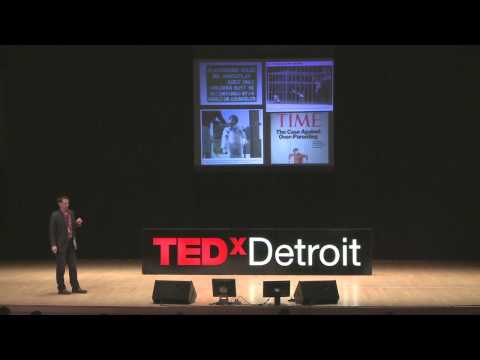FAMILY MARTIAL ARTS PROGRAM
Some people assume that karate is for children only and that their parents should focus on more practical stuff in life!
Well, this misconception arises due to the confusion that martial arts is about fighting and jumping around only, well it’s not.
Martial arts in San Diego at our martial arts academy is more than just sweating and throwing kicks and punches. A good martial artist can defeat the opponent just by the way he walks into the situation, without even throwing a single punch.
Anyway, back to the topic, so how exactly is it beneficial if parents and children practice together in a dojo?
First, let’s see some of the benefits of karate for children and adults.
Karate for Kids:
– Improves discipline in the children
– Enhances self-esteem
– Improves listening skills in them, makes them more obedient
– Improves socializing skills
– Provides physical fitness and improves healthy living
– Improves motor skills and coordination
– Avoid obesity
– Educates and prepares against bullying
– Stress management
– Improves sense of respect for elders, peers, and people around them
– Promotes the skill and sense of resolving the conflicts without violence, yes truly it does!
Adult Martial Arts Classes:
It’s not just kids who benefit from martial arts; adults have numerous benefits from martial arts too, including:
– Lose weight and get in shape.
– Not just look great, but feel great too!
– Learn effective and real self-defense skills
– Gain self-confidence
– Improve self-discipline
– Relieve stress
– Gain self-control
– Socialize and make more friends, who are skilled and ready to watch their backs!
Benefits of Parents and Children practicing karate together
Well, out of the long list of benefits of family karate classes, let us see some mutual benefits martial arts provides:
– Improves family bonding
– Parents can monitor the progress of their children.
– Parents can assess and make sure that their children are safe enough to survive in the world and various situations.
– Parents can monitor and understand various aspects of the child’s personality.
It reduces the gap between child and parent and improves frankness and friendship between the two of them.
– They get another relation, that of colleagues in self-defense class, to convey their thoughts and discuss things, especially those that are left behind due to the parent-child generation gap.
– Parents can monitor in real-time what the instructor at martial arts training academy is turning their kids into, a better individuals or not
Contact us now for family karate and self-defense and karate classes in San Diego so that you and your children can develop themselves under the guidance of well-trained instructors in the styles of Kosho-Ryu and Kajukenbo.
[Most moms and dads can understand that roughhousing allows children to develop physically] by providing a means of vigorous exercise, however, if the truth is told, that is the least substantive effect that it has on them. In roughhousing, the less observable benefits will have the longest-lasting returns.
Believe it or not, these sorts of outwardly aggressive activities serve to enhance the participants’ capacity for social awareness. When children engage in rough play with one another they learn to abide by a set of predetermined unspoken rules. For instance, if one child begins to cry, the other stops and checks if she or he is alright. After this, they typically go back to resuming the same activity that they did before.
For instance, if one child begins to cry, the other stops and checks if she or he is alright. After this, they typically go back to resuming the same activity that they did before.
This is evidence that the underlying social benefits of roughhousing are broad. In order for a child to have the presence of mind to stop the activity, he must be aware of his partner’s feelings and present an appropriate response. They process an incredible amount of information in regards to their partner’s facial cues and body language to figure out the appropriate level of aggressiveness. This empathy is in the interest of both participants simply because if one side gets seriously injured then the play can not proceed and both lose out on the fun.
They process an incredible amount of information in regards to their partner’s facial cues and body language to figure out the appropriate level of aggressiveness. This empathy is in the interest of both participants simply because if one side gets seriously injured then the play can not proceed and both lose out on the fun.

Occasionally anger will arise from one of the children involved. It is crucial to keep in mind that anger is not the outcome of being physically hurt but instead it emerges from the feeling of being actually slighted by their opponent. The moment a child is thrown down to the ground by his partner he is most likely to become upset (and therefore physically retaliate) if they think that their partner had malicious intent. Alternatively, if they are thrown down and get injured but realize that it was an accident they don’t become angry. In this way, each one of the parties gets an understanding that emotions and
Alternatively, if they are thrown down and get injured but realize that it was an accident they don’t become angry. In this way, each one of the parties gets an understanding that emotions and physical discomfort may have little correlation and that accidents do take place.
The more that kids encounter this distinction the greater they become at reading their partners’ motives. Whenever compared to their non-rough peers, children that have been roughhousing because they could walk are much more likely to be able to identify malice from an accident and are therefore able to react properly. This
In closing, this beneficial lesson lasts past childhood and can have incredible social consequences that can continue into adult life.
